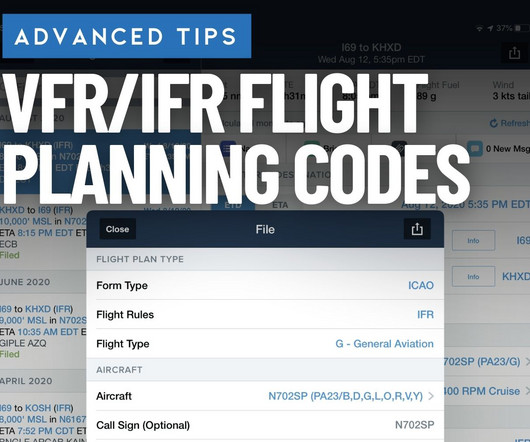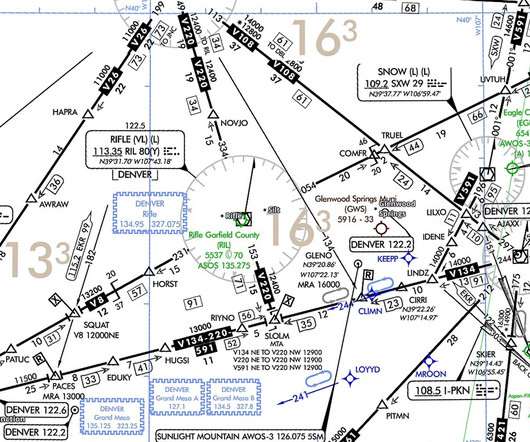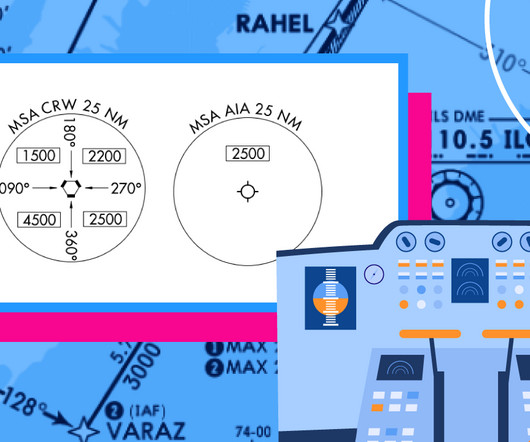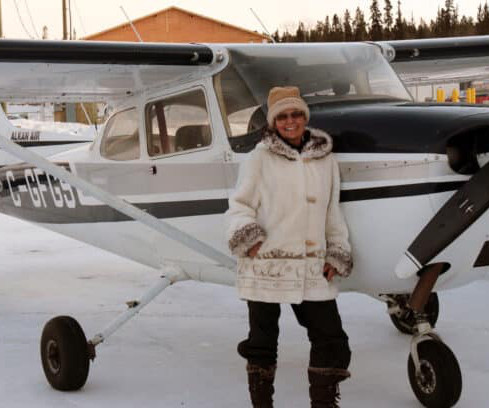Trial by Ice
Air Facts
MAY 5, 2025
The general prognosis indicated no icing in the clouds, no turbulence and a quartering headwind from the west resulting in a mere five knots of headwind component. Just north of Jefferson City, the Kansas City Center controller cleared us to the Jeff City VOR, which was on the airport, to hold at 4,000 feet.























Let's personalize your content